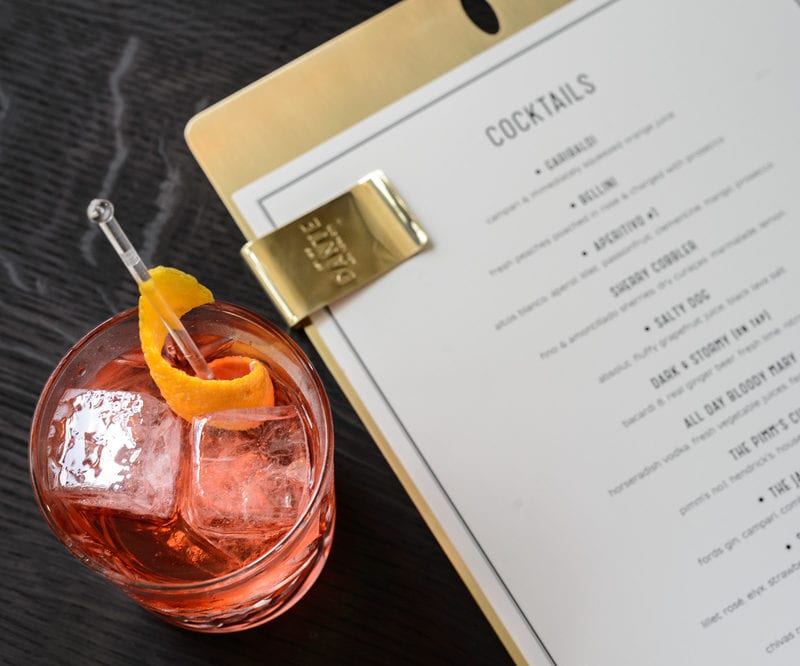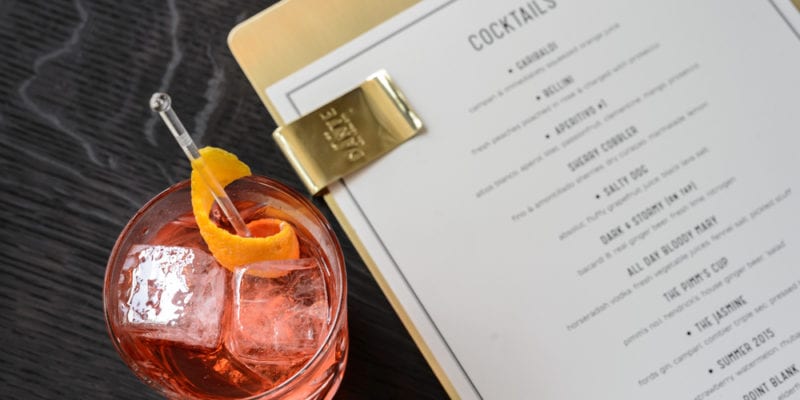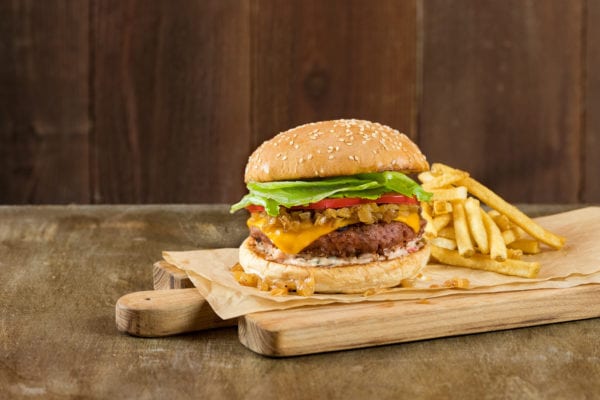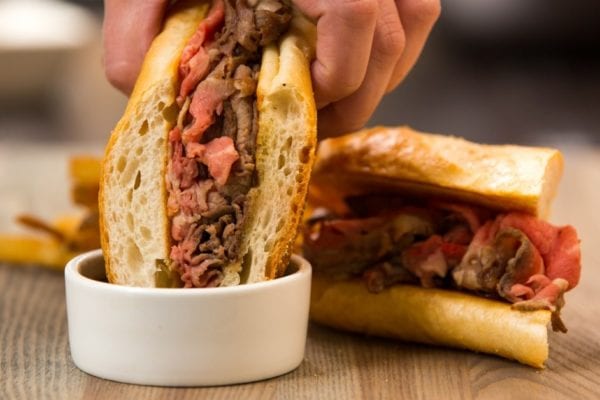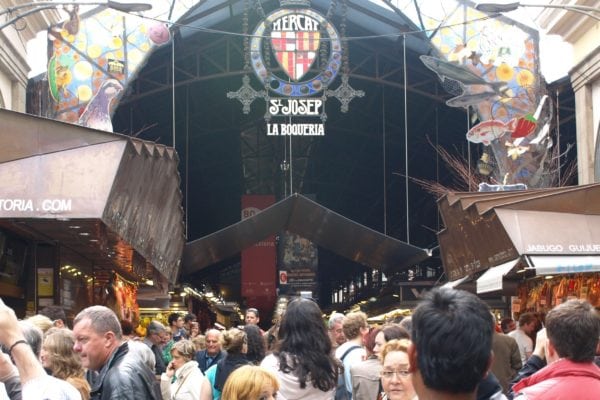Skift Take
We've had enough poorly made drinks at otherwise quality bars to scoff at this idea.
— Jason Clampet
Order a martini at the Grill in midtown Manhattan, and a strange thing happens. Instead of reaching for a bottle of gin, the bartender opens a freezer drawer.
Inside resides a selection of variations on the classic cocktail, pre-mixed and funneled into rounded bottles that once housed Hibiki Japanese whisky. There’s a Gibson, a sherry-accented Tuxedo, and a deeper-hued Turf Club made with amber vermouth and Old Tom gin, each on the menu for $20. All the bartender has to do is pour.
The Grill’s approach is not an aberration. Bartenders are increasingly mixing cocktails ahead of service—or “pre-batching,” in industry parlance. Proponents say the practice results in a better cocktail that reaches the customer faster. By mixing in advance, bartenders can control the ratios of ingredients with precision, even accounting for the amount of ice that will later melt into the drink. It also gives them a chance to play with texture; stashing drinks in a freezer produces a slightly syrupy sip.
“It’s easier on the servers and allows us more time to talk to the guests and make sure they’re having the best experience possible,” says Naren Young, proprietor of downtown Manhattan’s Dante, which pre-batches all of its cocktails—except for those on tap. While some customers may miss the pageantry of a bartender mixing, shaking, or blending their drink to order, most just want their beverage as quickly as possible. “We can put out a fantastic product without the show,” Young said. The bar is currently ranked No.9 on the World’s 50 Best Bars list.
At Mister Paradise, which opened last month in Manhattan’s East Village, owner/bartender Will Wyatt’s Café Disco is made with rye whiskey, olive oil, buckwheat, coffee, and absinthe, cooked in a sealed sous-vide bag, and then kept chilled in the freezer. The result is a complex, earthy riff on an Old Fashioned, accented with subtle notes of coffee and herbs. Yet the presentation—dumping the bag into a rocks glass over a large cube of ice—is rather austere, especially when compared to other drinks on his menu, such as the Party Lobster, a festively pink, spicy Margarita shaken on the spot.
A growing number of bartenders are selling their cocktails outside the bar. Wandering Barman sells brightly labeled, single-serve flasks containing Vodka Pineapple Slings and Hibiscus Daiquiris to New York spots that might otherwise have a more limited drinks program, ranging from dive bars to pizza mainstay Roberta’s, in Brooklyn’s Bushwick. In bars and restaurants, diners can expect to spend between $10 and $15 for one of the company’s concoctions. They’re also selling to liquor stores, where demand for ready-to-drink cocktails is growing strongly, and to such hip hotel chains as Freehand and Dream, where the colorful bottles stand out as a playful mini-bar amenity.
It’s not always done properly. At Valerie, a new midtown Manhattan bar that emphasizes its gin offerings, I spotted on the menu a $24 bottled Martinez designed to serve two. When I inquire if I could have the same drink, but for a single person, I’m informed that it would be impossible; the bartender doesn’t know how to make it.
The gold standard for pre-batched drinks in New York right now is held by Brooklyn spots Maison Premiere and Sauvage. Bar director Will Elliott was inspired by a visit to London’s Bar Termini, where servers “would come out from behind the bar and pour mysterious cocktails at your table,” he recalls. He sought to create a similar vibe at the two restaurants, contending that a bottled Martini, Stinger, or Manhattan is actually an upgrade to a freshly mixed drink.
Pre-mixed drinks are more consistent, Elliott argues. Ingredients can be measured with absolute precision, including the amount of water added. Stirring with ice can result in a more diluted cocktail. Another benefit: Pre-mixed drinks can be stored in the freezer, which is particularly kind to martinis.
“There’s a common complaint that martinis aren’t cold enough,” Elliott says. Pouring one directly from the freezer eliminates the complaint and adds a pleasing viscosity to the drink.
While he understands that some people might miss watching their drink being prepared, that’s beside the point if the end result is superior. “You don’t go to restaurants and get a great meal on the fly,” Elliott explains. “Things get done in prep rooms long before people show up for the day.”
To compensate for the lack of theatricality, Elliott’s drinks are beautifully presented. The $16 Sauvage Martini is served with a generous spread of potential garnishes: fat caperberries, a nasturtium blossom, an elegant ribbon of lemon peel, and a sprig of fresh herb.
If that pour doesn’t feel like a good value, Elliott says, something’s going wrong: “It’s like saying you wouldn’t tip on bottle service [by a sommelier], just because they didn’t make the wine,” he says. “Something still should be coming through—something captivating.”
©2019 Bloomberg L.P.
This article was written by Kara Newman from Bloomberg and was legally licensed through the NewsCred publisher network. Please direct all licensing questions to [email protected].
![]()

